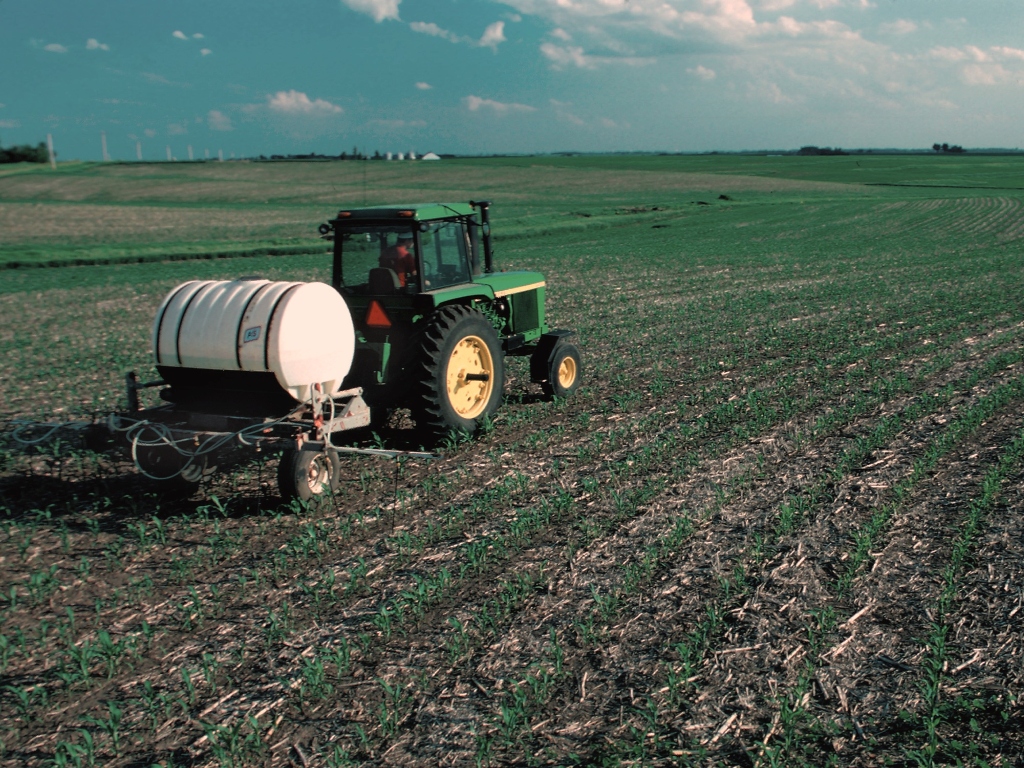The Project
In 2020, Indiana farmers set a new state record for cover crops, planting an estimated 1.5 million acres, according to the Indiana State Department of Agriculture. Promoted by federal, state, and conservation-minded organizations, cover crops have been touted for their environmental benefits, which include increased organic matter in the soil, nutrient retention, and improved water infiltration. Because of their ability to sequester carbon, cover crops have also been lauded as part of the solution to climate change.
As climate change brings higher annual temperatures and more frequent extreme precipitation to the Midwest, a better understanding of the effects of farm management practices, such as cover crops and fertilizer application rates, is needed to project effective strategies for farm productivity and environmental stewardship.



